Media | Articles
Duesenberg Model J: Greatest car of the 1920s
As Classic Car Appreciation Day (July 13) approaches, we’ll be counting down each day with the greatest vehicle of each decade, from the earliest days of the automobile to the present. It’s by no means a final, definitive, for-all-time list, so please weigh in—respectfully—in the Forums with your comments, endorsements, and disagreements. Today: the 1920s.
The Duesenberg Model J suffered from a classic case of bad timing. It was introduced in 1928, just a year before the stock market crash plunged the U.S. into the Great Depression. It wasn’t a great time to be selling much of anything, let alone an excessively expensive low-volume motorcar, but fortunately there were enough blue-blooded aristocrats and Hollywood elites to at least keep the Model J alive and in production for nearly a decade.
When it was new, it was just about impossible to find a faster, more cleverly engineered, more lavishly equipped or more imposing automobile anywhere in the world. And the only way it could have been more of an obvious status symbol is if it ran on caviar and the blood of endangered species. That’s why it makes our pick as the greatest car of the 1920s.
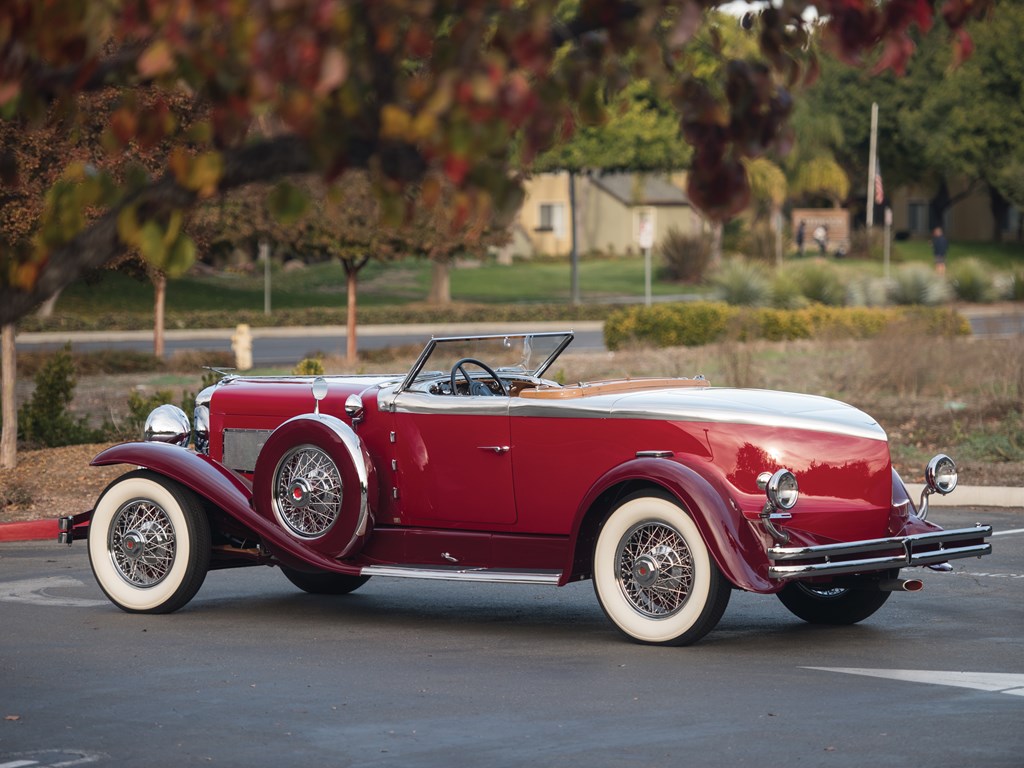
The Model J came about after Duesenberg was purchased by E.L. Cord, who was interested in the talents of the Duesenberg brothers and wanted to build a large top-shelf luxury performance car that could hang with the best in the world. The Model J immediately became the car that everybody wanted, but only the wealthiest people in the world could afford (especially during the Depression) and less than 500 were built. The bare chassis and running gear alone for a new Model J started at over $9000 ($128,250 today), and many customers still often went to third party for custom coachwork. With the custom body formed, a finished car could cost $13,000 ($185,250) or more. This was a time when a new Model A Ford could be had for about 500 bucks, but with the Duesy you not only got to rub everyone’s nose in the fact that you were filthy rich, you also got the very best in automotive design.
Marketplace
Buy and sell classics with confidence
The engine bay alone in a Model J is a work of art, a gleaming field of polished alloy and bright green paint. It houses a Duesenberg-designed, Lycoming-built straight-eight with dual overhead cams and four valves per cylinder, a setup that could still be considered exotic a lifetime later. The normally aspirated version was good for 265 horsepower, and that’s exactly how much power you got 30 years later in a new E-Type Jag, itself a world class sports car in its day. That’s how far ahead of the game Duesenberg was, and the Supercharged SJ that came out in 1932 was good for 320 hp. Two special SSJs even made around 400 hp, not far off from what full-blown Grand Prix cars were making at the time. Meanwhile, all the common folk in their lowly $500 Model A Fords were puttering around with just 40 horsepower.
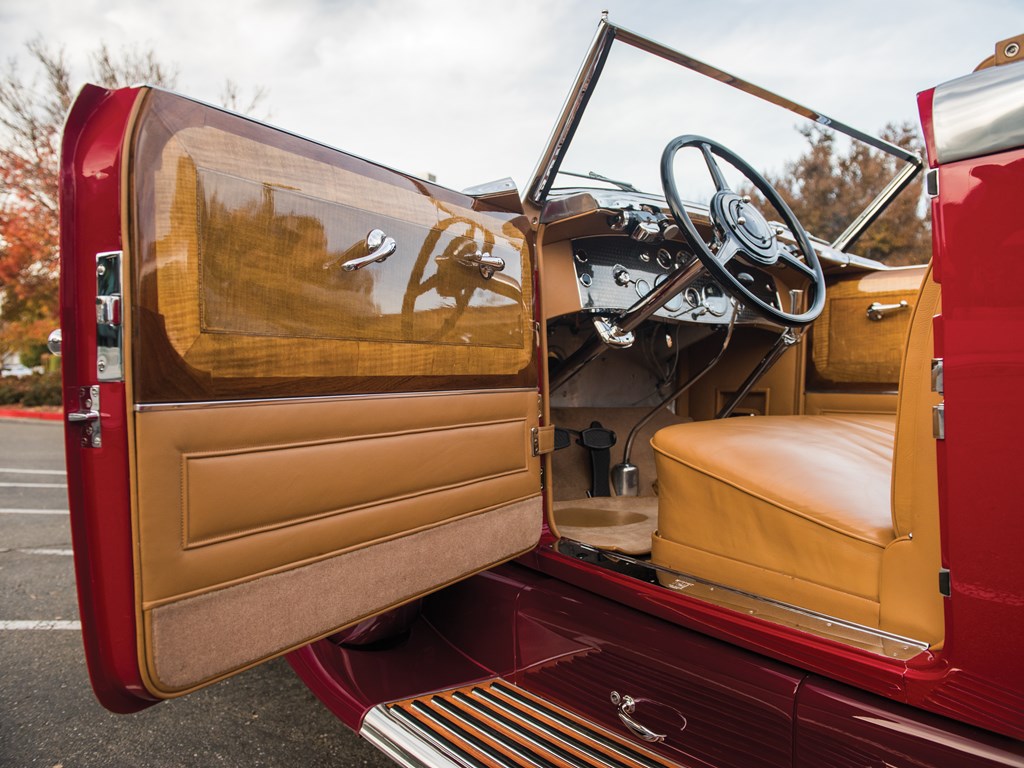
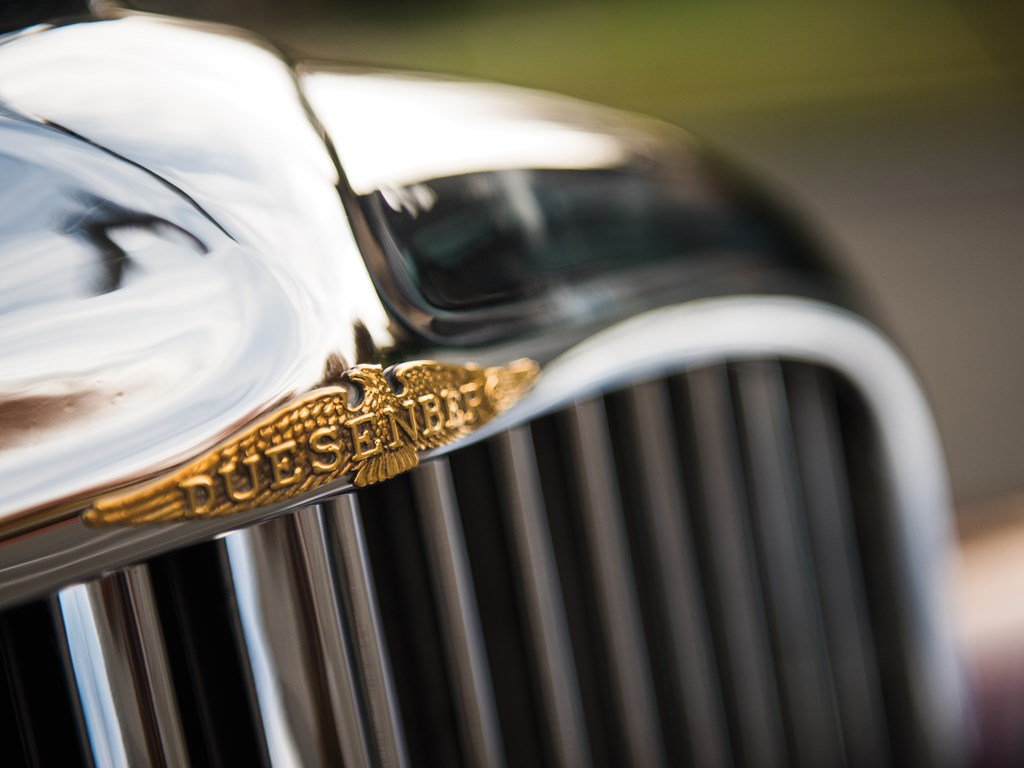
The company itself put it quite well in a boastful ad for the Model J: “So confident is Duesenberg of the unquestioned supreme position its product occupies, that a nameplate is considered superfluous. Nowhere on the car do you find the name Duesenberg. But everywhere throughout the car you discover those master strokes of engineering and design and construction obtainable nowhere else than in a Duesenberg.” That attitude has generally been backed up by automotive historians and collectors alike, and is reflected in the huge prices for restored Model Js and SJs. If you wanted the very best car you could buy in the 1920s, Duesenberg was the first place you looked.
Honorable mention:
The Bentley 4 ½ Litre secured one of four consecutive Le Mans wins for the “Bentley Boys” and helped establish Bentley’s reputation for building beefy but fast automobiles.
The Bugatti Type 35 was the car to beat on the race tracks of the 1920s.
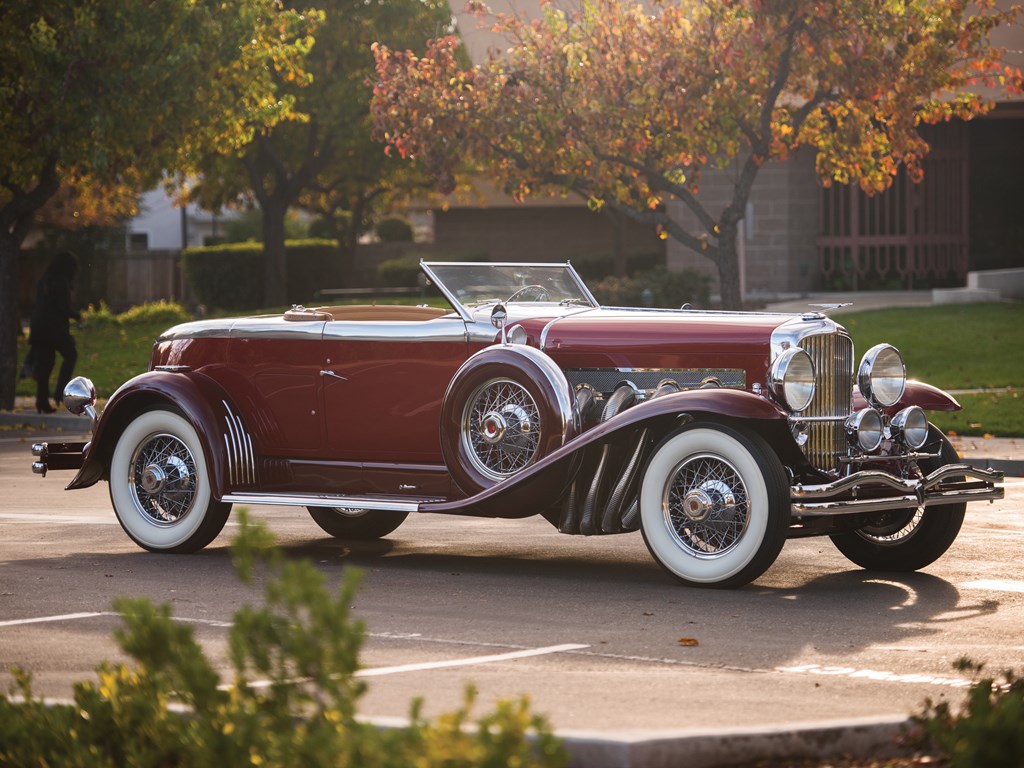








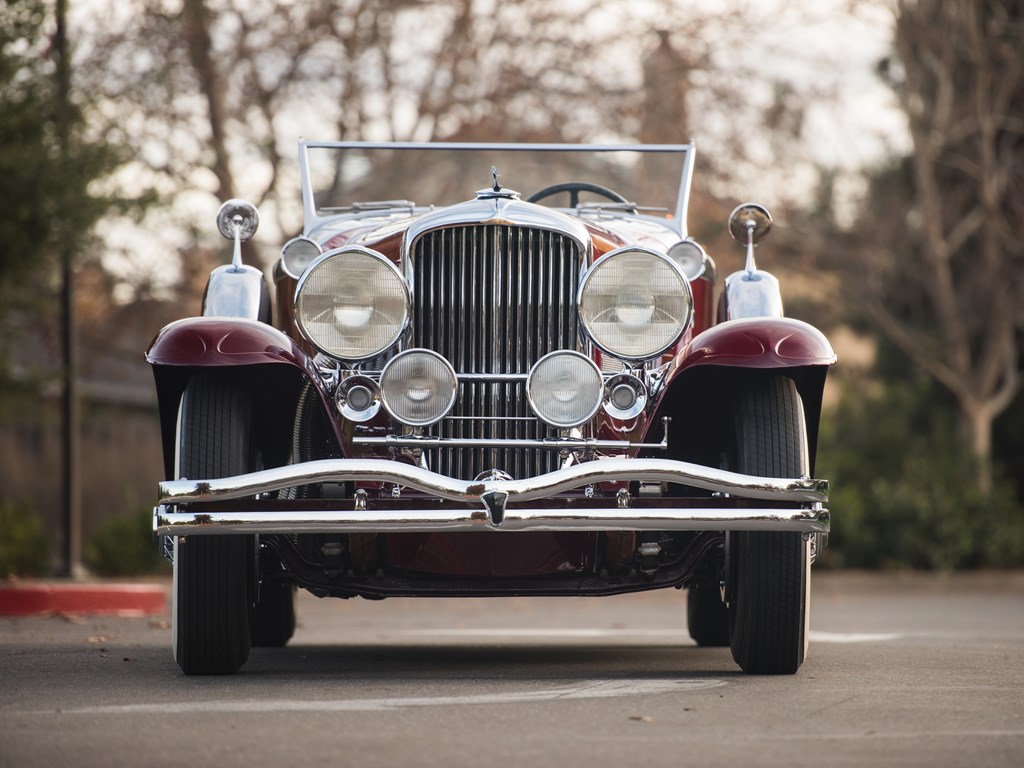
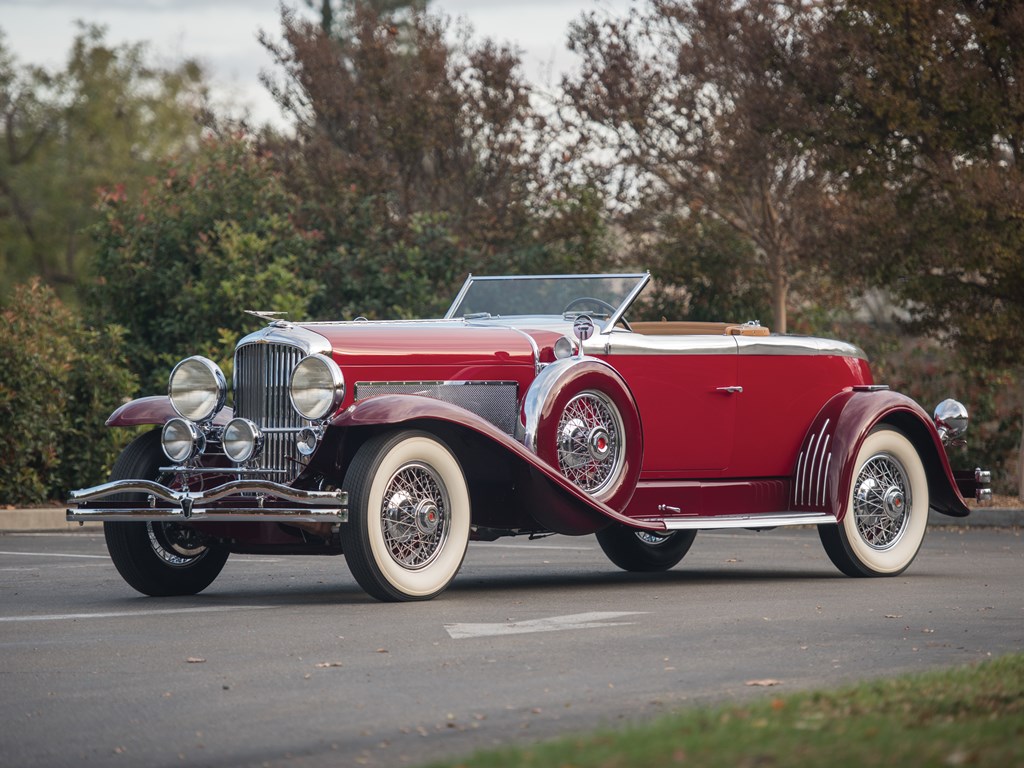
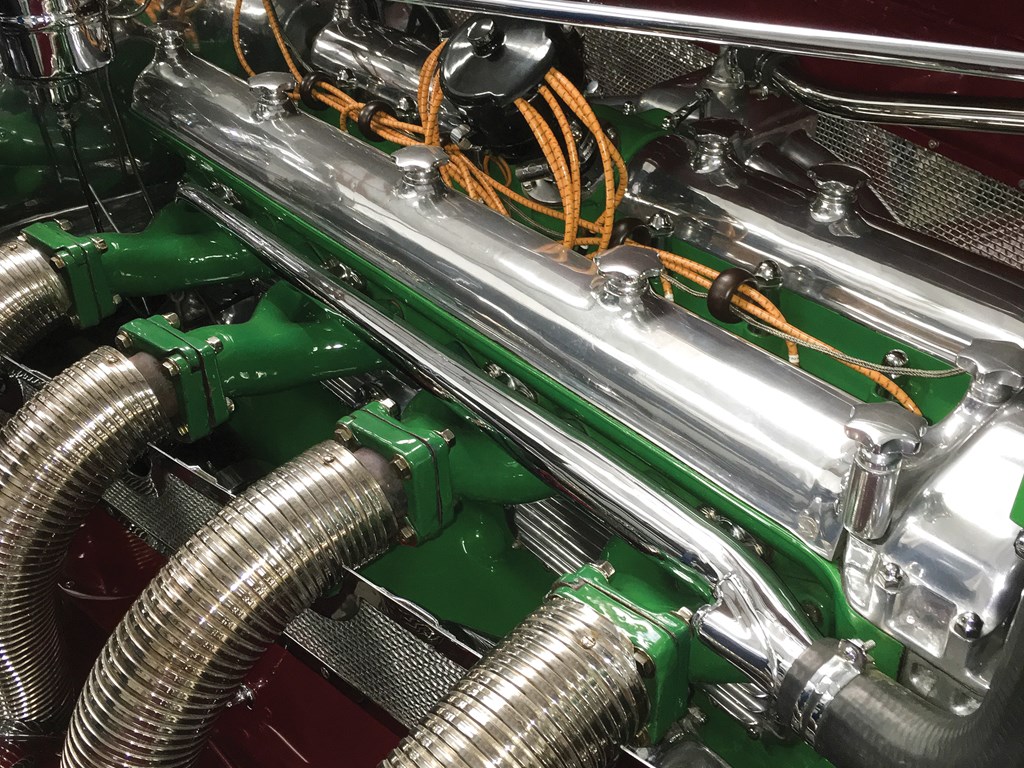
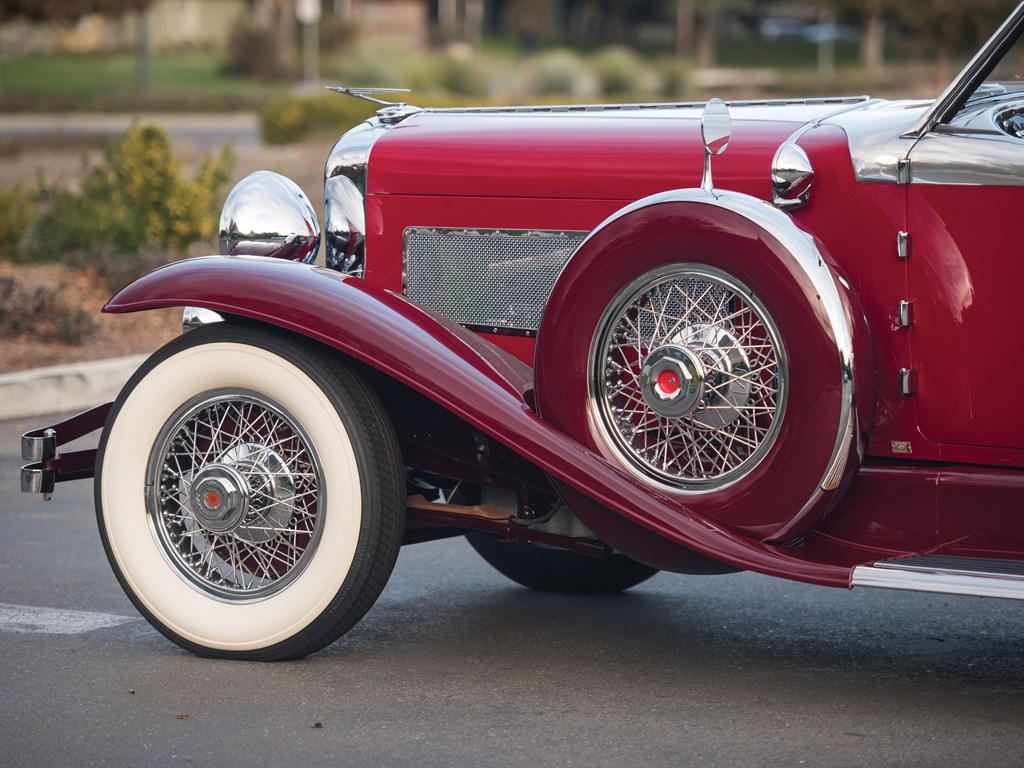
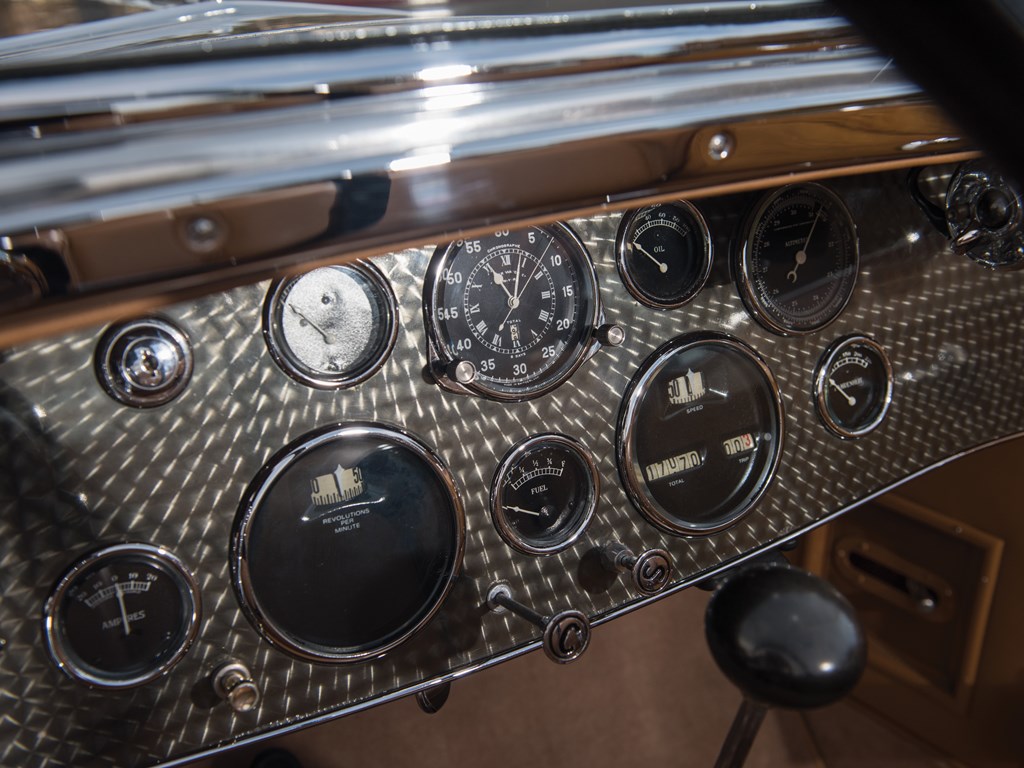
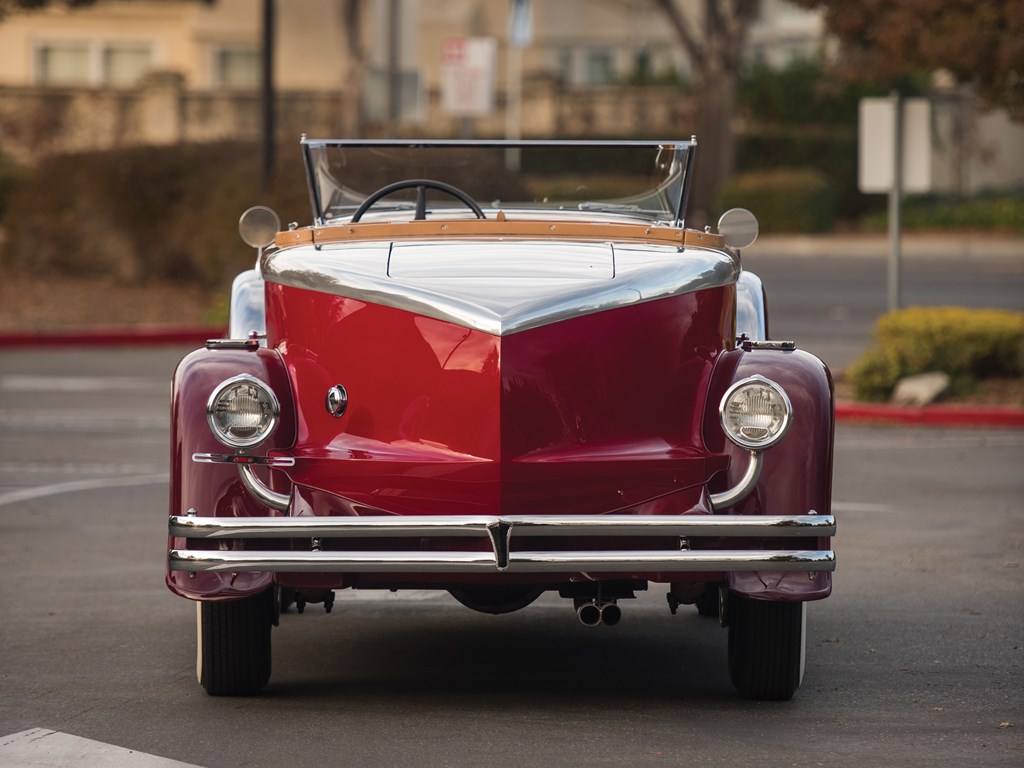


The Model”J”Duesenberg was and still is my favorite car,Few today really enjoy them because of the inflated value.A few years ago I was invited to Florida to put 200 miles on J357 to bring it to an even 39,000 miles.
I declined the offer and told the owner I was afraid to drive it in today’s traffic and the spectre of J175 was in
my mind.5 killed.2 adults and 3 children on the FIRST drive after restoration.